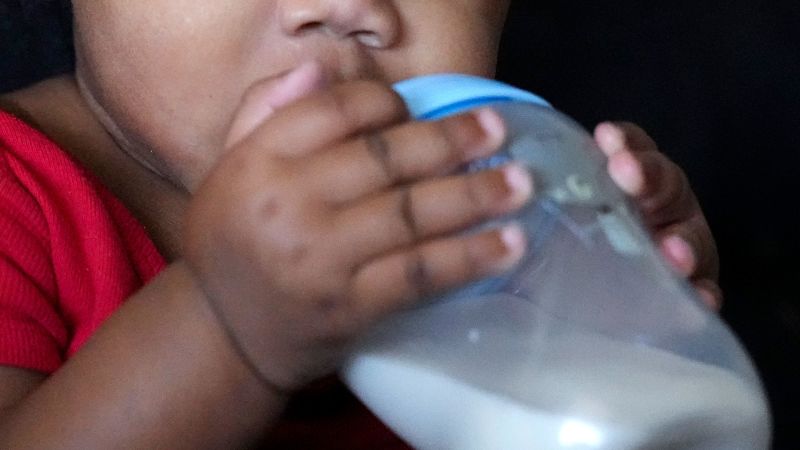Trump Administration Redirects Tariff Revenue to Fund WIC Amid Government Shutdown
Trump Administration Redirects Tariff Revenue to Fund WIC Amid Government Shutdown

The Trump administration announced Tuesday a controversial plan to utilize tariff funds to sustain the federal food assistance program WIC, which serves nearly 7 million pregnant women, new mothers, and young children, during the ongoing government shutdown. The move comes as Congress has failed to approve a federal spending package for fiscal year 2026, which commenced on October 1, leaving the vital program on the brink of exhausting its funds.
White House press secretary Karoline Leavitt revealed the initiative via a post on X, accusing Democrats of cruelty for their role in the shutdown that she claimed forced the WIC program into a funding crisis. Leavitt stated, “Thankfully, President Trump and the White House have identified a creative solution to transfer resources from Section 232 tariff revenue to this critical program.”
While the National WIC Association welcomed efforts to keep the program operational, CEO Georgia Machell expressed concerns about the lack of detail, emphasizing the need for long-term stability over short-term uncertainty. Budget experts, including Chris Towner of the Committee for a Responsible Federal Budget, have questioned the legality of the administration directing tariff funds without congressional appropriation, highlighting that the issue isn’t a lack of money, but a lack of authorization to spend it.
WIC, formally known as the Special Supplemental Nutrition Program for Women, Infants, and Children, provides essential nutritional support and has seen increased participation in recent years. The USDA had previously informed state agencies that they would not receive their quarterly FY2026 allocations due to the funding lapse, though it intended to provide up to $150 million in contingency funds. Advocates continue to stress the need for more substantial and sustained federal support to prevent cuts and ensure no eligible participant is turned away.
Disclaimer: This content is aggregated from public sources online. Please verify information independently. If you believe your rights have been infringed, contact us for removal.